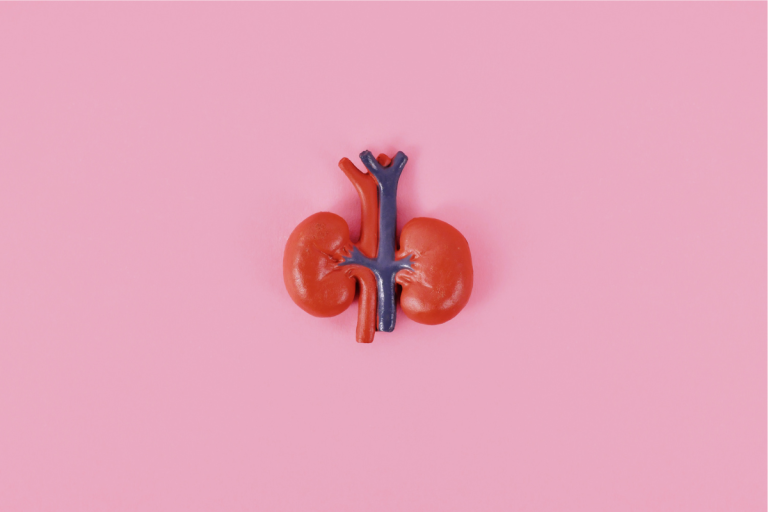Most of you would never say that nail polish is bad, but after reading this article you might want to think again.
Yes, you can’t apply nail polish on your skin, but the solution is dangerous and toxic. And let’s not forget, it’s worse than the chemicals in face creams. So, let’s look at the composition of the nail polish.
This also applies to “non-toxic” nail polish;
cyclic toluene
Formaldehyde solution
dibutyl phthalate (DBP).
Yes, these are horrible chemicals, even in “non-toxic” nail polishes, and each of these chemicals is easily absorbed by the body within hours of application to the nails.
The California Office of Toxic Substances Control has reported that this non-toxic coating contains the harsh chemicals listed above.
Even worse, non-toxic nail polishes contain more of these chemicals than toxic nail polishes.
Toluene – found in nail polishes and softens the nails. This toxic toxin acts as an octane booster for gasoline and is often found in the raw materials used to make TNT.
Toxic effects of toluene
causes headache
causes diarrhea
cause birth defects
cause errors
damage to the liver
It also affects the kidneys
It affects the nervous system.
These toxins cross the blood-brain barrier and block GABA-dopamine and other neurotransmitters. This interaction often leads to brain and brain collapse;
restoration
cognitive decline i
Blindness.
The European Union has banned the use of toluene due to its toxic properties.
Formaldehyde is a disinfectant used to treat certain products. It works as a nail sealant and what’s even worse is that it’s waterproof and breathable. So why do this to your nails?
Dangerous consequences
It causes lung and skin cancer. The International Agency for Research on Cancer has classified it as a deadly carcinogen.
Formaldehyde is more likely to irritate the eyes, nose and throat, as women have confirmed.
It remains a popular food ingredient in our homes, especially canned food.
Dibutyl phthalate (DBP) – protects parts from corrosion. The toxin causes cancer in laboratory animals and long-term reproductive problems in newborn boys.
Experts call these reproductive and developmental toxins. Europe has banned its use, but it is still used in the US. Environmental organizations have signed several petitions calling for a ban, but none have been successful.
The Centers for Disease Control and Prevention (CDC) tested urine samples from 2,600 people for the chemical. Most adults, especially women, are exposed to phthalates.
Get tips, healthy recipes or try making your own with just a few natural ingredients.

